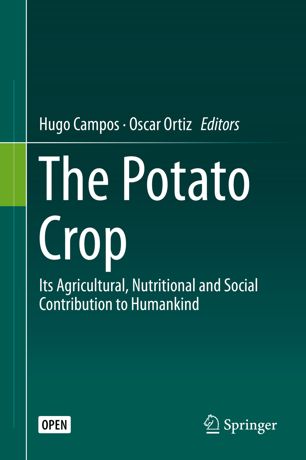Participatory research (PR) at CIP with potato farming systems in the Andes: evolution and prospects
Abstract
Participatory Research (PR) at the International Potato Center (CIP) included seven major experiences. (1) Farmer-back-to-farmer in the 1970s pioneered the idea of working with farmers to identify their needs, propose solutions, and explain the underlying scientific concepts. The ideas were of great influence at CIP and beyond. (2) With integrated pest management (IPM) pilot areas in the early 1990s, entomologists and social scientists developed technologies with farmers in Peru and other countries to control insect pests. Households that adopted just some of the techniques enjoyed high economic returns, and this showed the importance of IPM specialists, social scientists, and farmers working together. (3) Farmer field school (FFS) was adapted for participatory research in the 2000s. Farmers learned that late blight was caused by a microorganism, while testing resistant varieties and fungicides, and researchers took into account more specifically farmer knowledge for training and PR purposes. (4) CIP used participatory varietal selection (PVS) after 2004 to form consortia of farmers, local government, NGOs, and research. Farmers’ preferences were disaggregated by gender. Selection criteria of other market actors were included, and new varieties were released, showing the importance of combining farmer and researcher knowledge in this process. (5) Participatory approaches to develop native potato variety value chains. After 2000, CIP used the PMCA (participatory market chain analysis) and stakeholder platforms to improve smallholders’ access to markets. PMCA brought farmers and other market actors together to form stakeholder platforms which created market innovations, including new potato-based products, expanding the inclusion of diverse actors in the PR processes. (6) Advocacy for PR and policy change with the Andean Change Alliance tested PR methods including PVS and PMCA from 2007 to 2010, providing evidence to influence policies to include smallholders in research and development. (7) After 2010, nutrition-related PR documented anemia among children in the high Andes, which could be mitigated by eating native potatoes rich in zinc and iron. CIP partnered with 20 organizations to improve household incomes and nutrition. Over four decades, CIP continues evolving in using PR, showing that combining social and biological scientists’ input and keeping farmers’ views upfront was key for PR. The experience also showed that the participation of other actors related to the value chains was needed in order to create successful agronomic, market, and social innovations. Future participatory research at CIP may be improved by using ICT to enrich diversity and richness of information sharing among PR actors.

